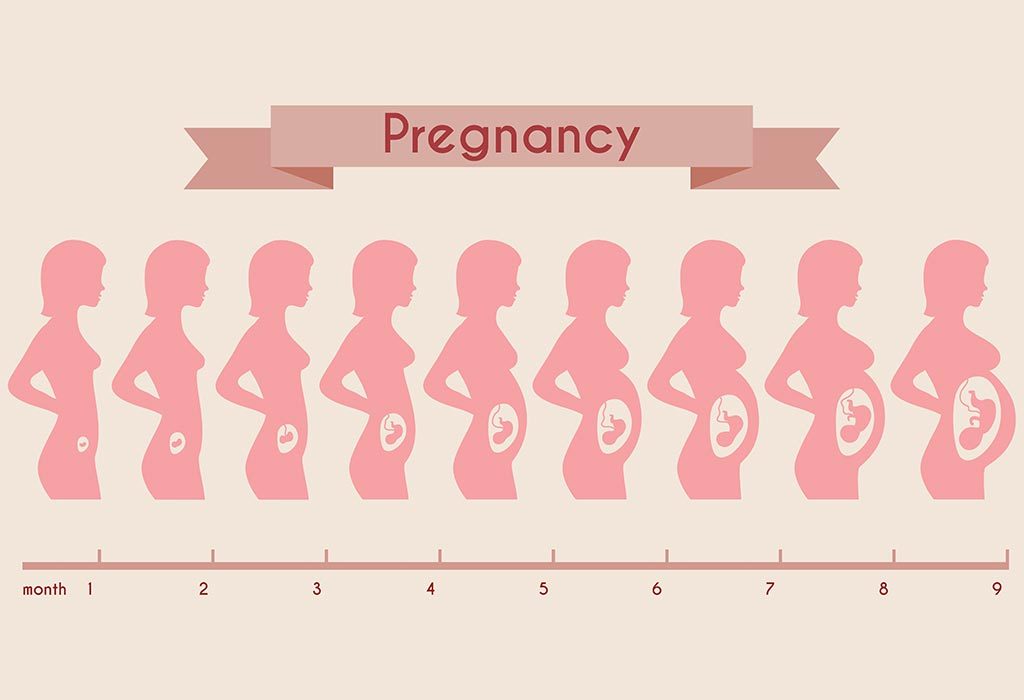
Pregnancy Bellies: A Journey of Transformation
Pregnancy is a transformative experience that brings about significant physical and emotional changes in a woman’s body. One of the most visible and celebrated transformations is the growth of the pregnancy belly, a symbol of new life and the miracle of creation.
The Anatomy of a Pregnancy Belly
The pregnancy belly is primarily composed of the uterus, which houses and protects the developing fetus. As the fetus grows, the uterus expands to accommodate its increasing size. This expansion causes the abdominal muscles to stretch and the belly to protrude.
In addition to the uterus, the pregnancy belly also contains the amniotic fluid, which surrounds the fetus and provides a protective environment. The amniotic fluid also helps to cushion the fetus from external impacts and regulates its temperature.
Stages of Belly Growth
The growth of the pregnancy belly typically follows a predictable pattern. During the first trimester, the belly may not be noticeable to others, as the uterus is still relatively small. However, by the end of the second trimester, the belly becomes more prominent as the uterus expands and the fetus grows.
In the third trimester, the belly reaches its maximum size, and the uterus fills the entire abdominal cavity. The belly may become very large and uncomfortable, especially towards the end of pregnancy.
Variations in Belly Size
The size and shape of the pregnancy belly can vary significantly from woman to woman. Factors that influence belly size include:
- Maternal height and weight: Taller women tend to have smaller bellies, while shorter women may have larger bellies. Overweight or obese women may also have larger bellies.
- Multiple pregnancies: Women carrying twins or triplets may have larger bellies than those carrying a single fetus.
- Amniotic fluid volume: The amount of amniotic fluid can affect the size of the belly. Too much or too little amniotic fluid can lead to a larger or smaller belly, respectively.
- Fetal position: The position of the fetus can also affect the shape of the belly. For example, a fetus that is lying transversely (sideways) may cause the belly to appear wider.
Discomfort and Pain
The growth of the pregnancy belly can cause some discomfort and pain. As the uterus expands, it can put pressure on the surrounding organs and tissues, leading to:
- Back pain: The increased weight of the belly can strain the back muscles, causing pain.
- Pelvic pain: The pressure of the uterus on the pelvic floor muscles can cause pain and discomfort.
- Round ligament pain: The round ligaments, which support the uterus, can stretch and cause sharp pains on the sides of the belly.
- Heartburn: The pressure of the uterus on the stomach can push stomach acid back into the esophagus, causing heartburn.
Caring for Your Pregnancy Belly
To minimize discomfort and promote a healthy pregnancy, it is important to care for your pregnancy belly properly. Here are some tips:
- Wear comfortable clothing: Choose loose, breathable clothing that does not constrict your belly.
- Support your belly: Use a pregnancy support belt or pillow to help support the weight of your belly and reduce back pain.
- Exercise regularly: Gentle exercise, such as walking or swimming, can help to strengthen your abdominal muscles and reduce discomfort.
- Get enough rest: Rest is essential for both you and your baby. Make sure to get plenty of sleep and take breaks throughout the day.
- See your doctor regularly: Regular prenatal appointments will allow your doctor to monitor the growth of your belly and ensure that your pregnancy is progressing normally.
The Emotional Significance of the Pregnancy Belly
Beyond its physical significance, the pregnancy belly also carries great emotional weight. It is a visible symbol of the miracle of life and the bond between mother and child.
For many women, the growth of the pregnancy belly is a source of pride and joy. It is a reminder of the incredible transformation taking place within their bodies and the anticipation of the new life they are bringing into the world.
However, some women may also experience feelings of anxiety or self-consciousness about their pregnancy belly. They may worry about how it affects their appearance or how it will impact their daily life.
It is important to remember that the pregnancy belly is a natural part of pregnancy and that it is nothing to be ashamed of. Embrace the changes your body is going through and focus on the joy and excitement of the journey ahead.
Conclusion
The pregnancy belly is a remarkable and transformative aspect of pregnancy. It is a physical manifestation of the miracle of life and a symbol of the bond between mother and child. While it may bring some discomfort, it is also a source of pride and joy. By understanding the anatomy, stages, and emotional significance of the pregnancy belly, you can embrace this journey and enjoy the incredible experience of carrying a new life within you.